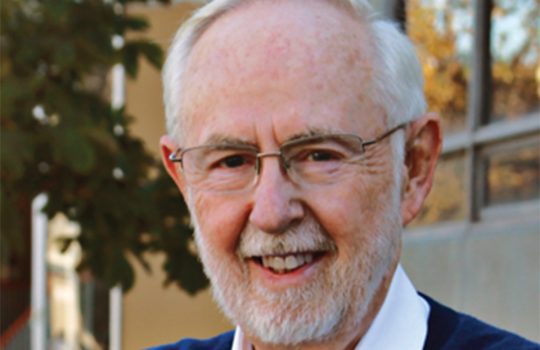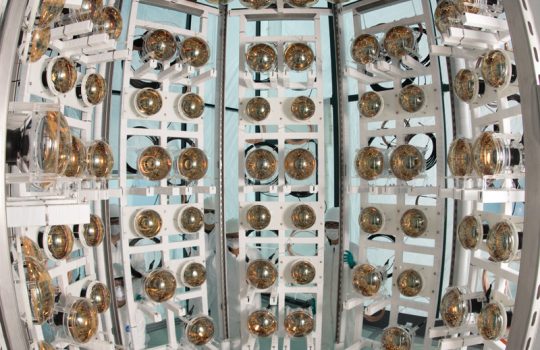Probing boosted dark matter
- California
- Deep Underground Neutrino Experiment
- DUNE
- LBNF
- Long-Baseline Neutrino Facility
- neutrino
- Riverside
- University of California
From UC Riverside, Dec. 4, 2019: The University of California, Riverside is participating in the international Deep Underground Neutrino Experiment, which brings together more than 1,000 scientists from around the world to learn more about ghostly particles called neutrinos.


